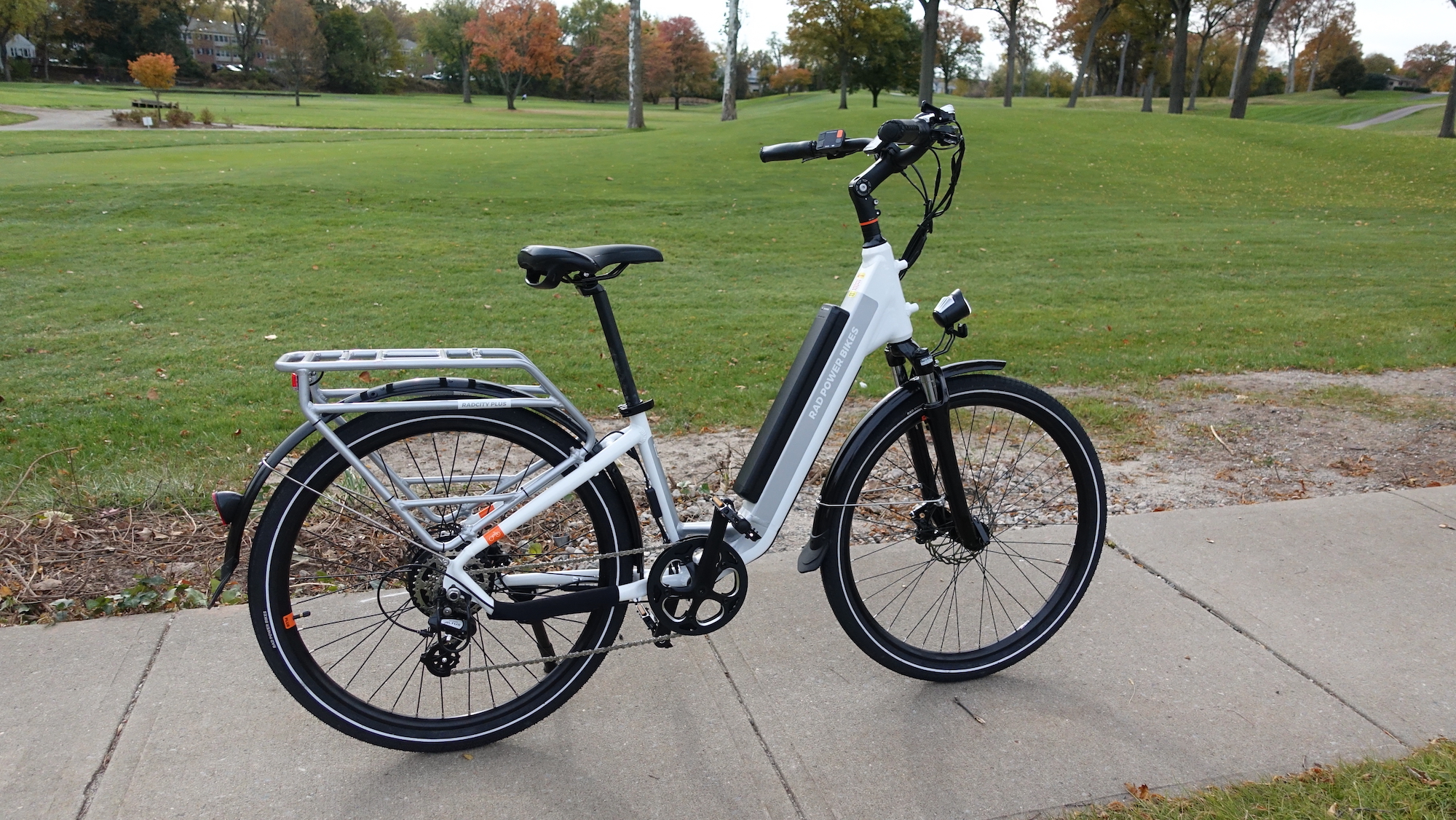I've trained with the best sports watches for tracking your workouts — here are my top picks
Use these reliable training partners to track and improve your performance
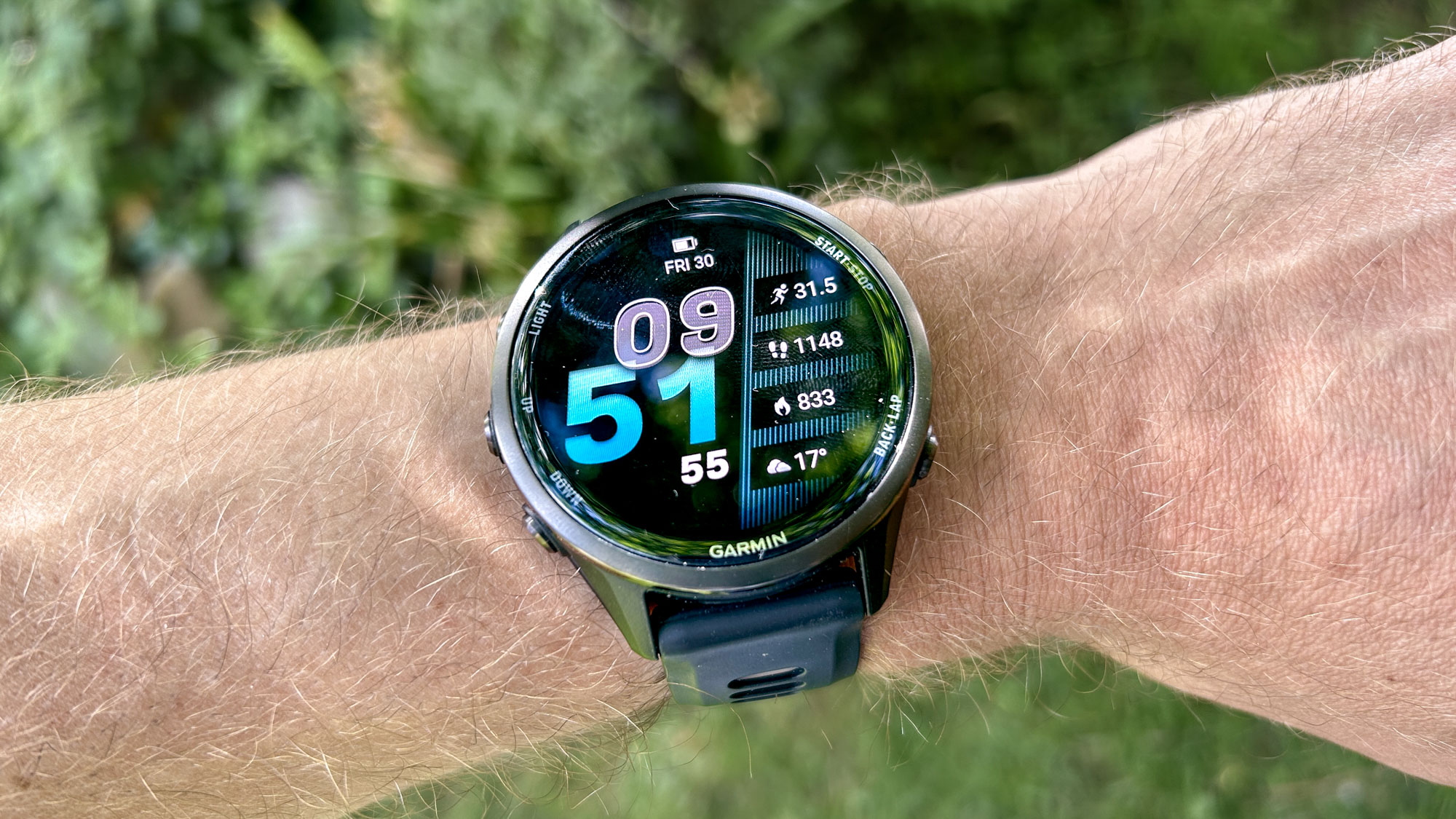
I’ve been testing the best sports watches for a decade and as a keen athlete I know that if you find the right watch for you, it can really elevate your training. As well as tracking your activities accurately, the best watches will also provide training analysis to help you improve and avoid burnout, and they are rugged devices with long battery life.
Other features that stand out to me in a GPS sports watch are handy smarts like music storage and navigation tools that sometimes include offline maps. Having tested almost all of the top sports watches on the market I know which ones will suit different types of athletes and adventurers, and the advice below should help you find the perfect training partner.
I’m primarily a runner myself and my top pick for runners is the Garmin Forerunner 570, which is an attractive and accurate sports watch. My pick for those who want a more affordable device is the Coros Pace 4, which is an excellent multisport watch with a lightweight design. If budget is no problem and you just want the very best watch you can get, then the Garmin Fenix 8 Pro offers the most impressive array of features in a durable and good-looking design with long battery life.
The quick list
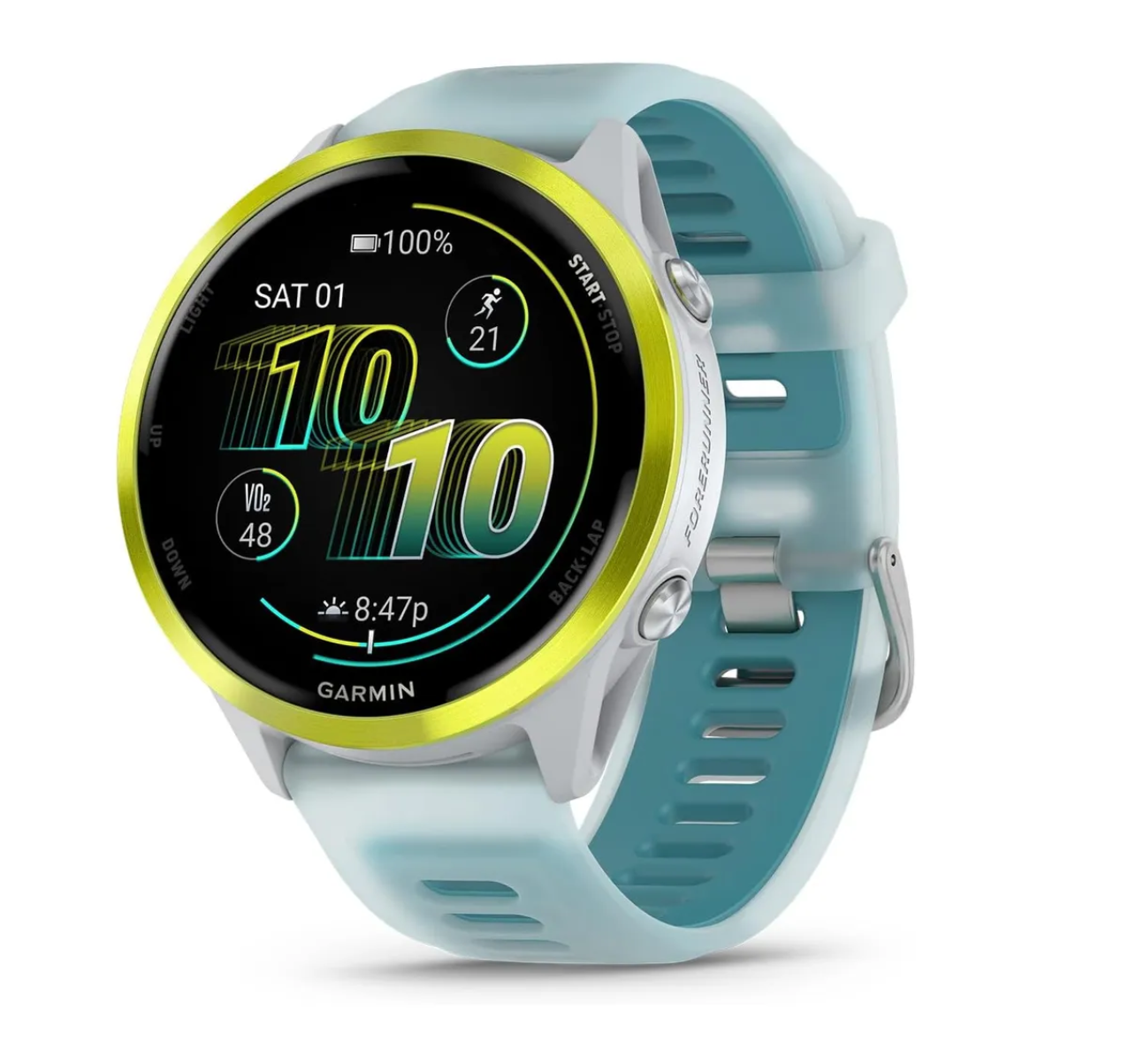
The Garmin Forerunner 570 is an attractive AMOLED watch that's packed full of useful sports features, especially for runners who benefit from the accurate tracking and insightful training analysis.
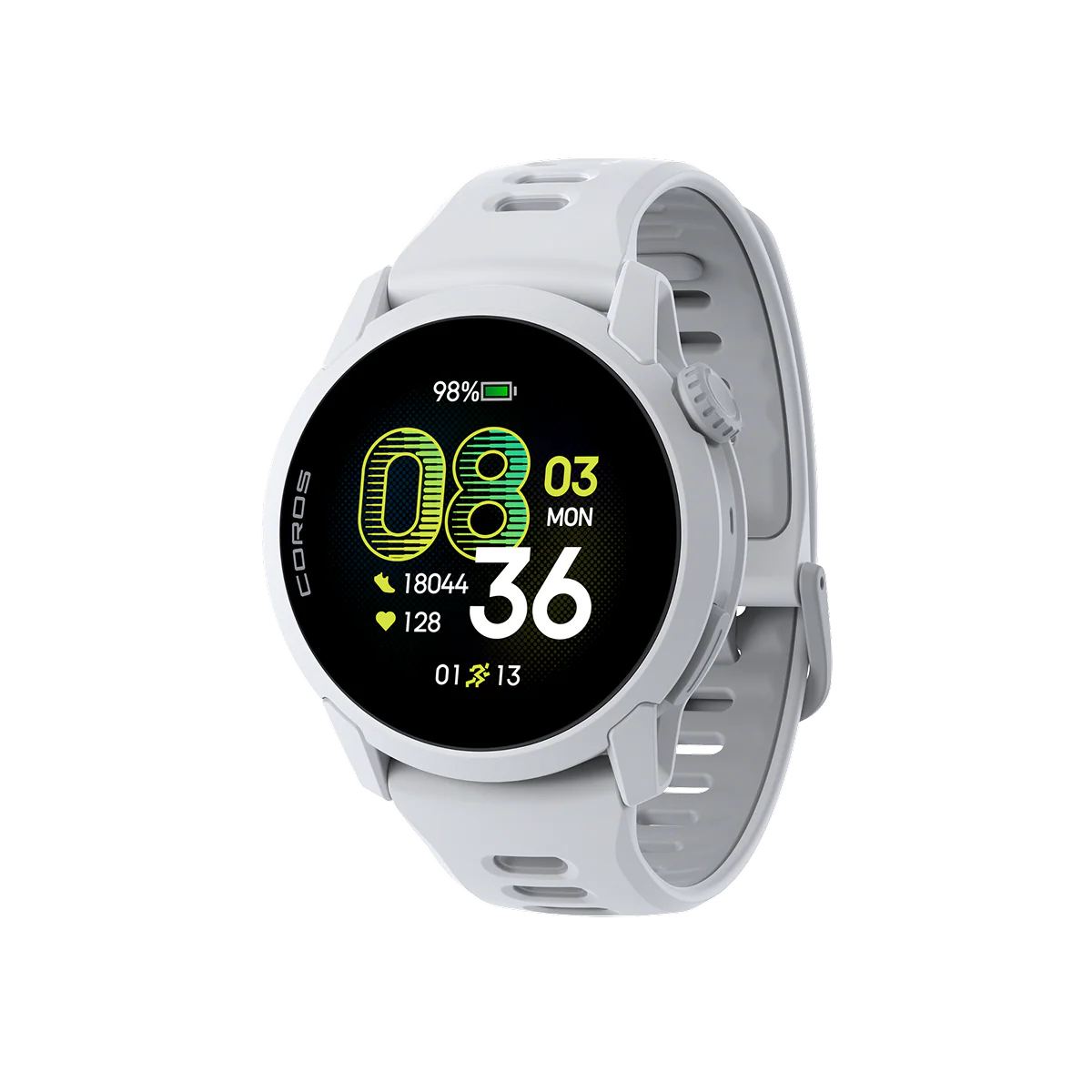
The Coros Pace 4 is a lightweight AMOLED sports watch that's perfect for runners and triathletes who want a no-frills tracker at a great price. It's accurate and has all the features you need to track and analyze workouts.
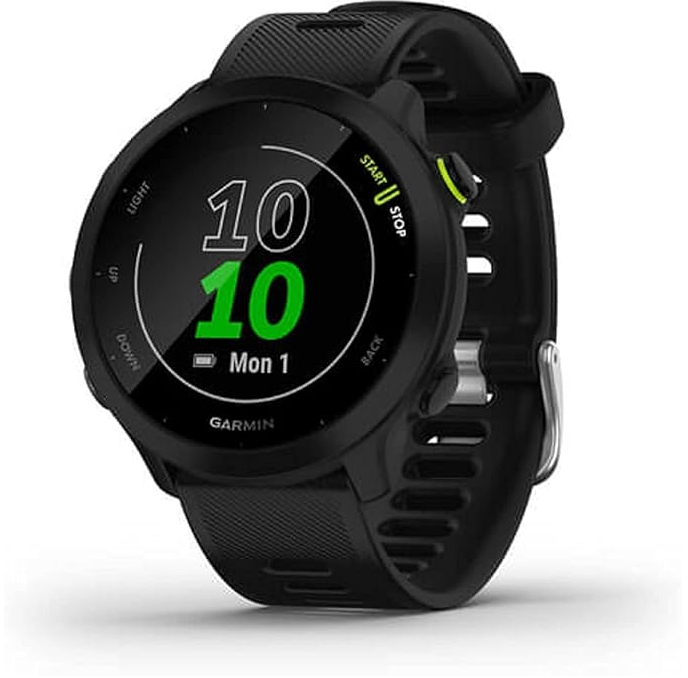
The Garmin Forerunner 55 is an entry-level, beginner-friendly GPS sports watch to track your performance while training outdoors. It has the Garmin look and seamless experience but without the premium features and expensive price tag.

The Garmin Forerunner 970 has a good case for being the best sports watch full stop, offering an astonishing array of features in a lightweight design that's perfect for triathletes who find the Garmin Fenix too bulky.
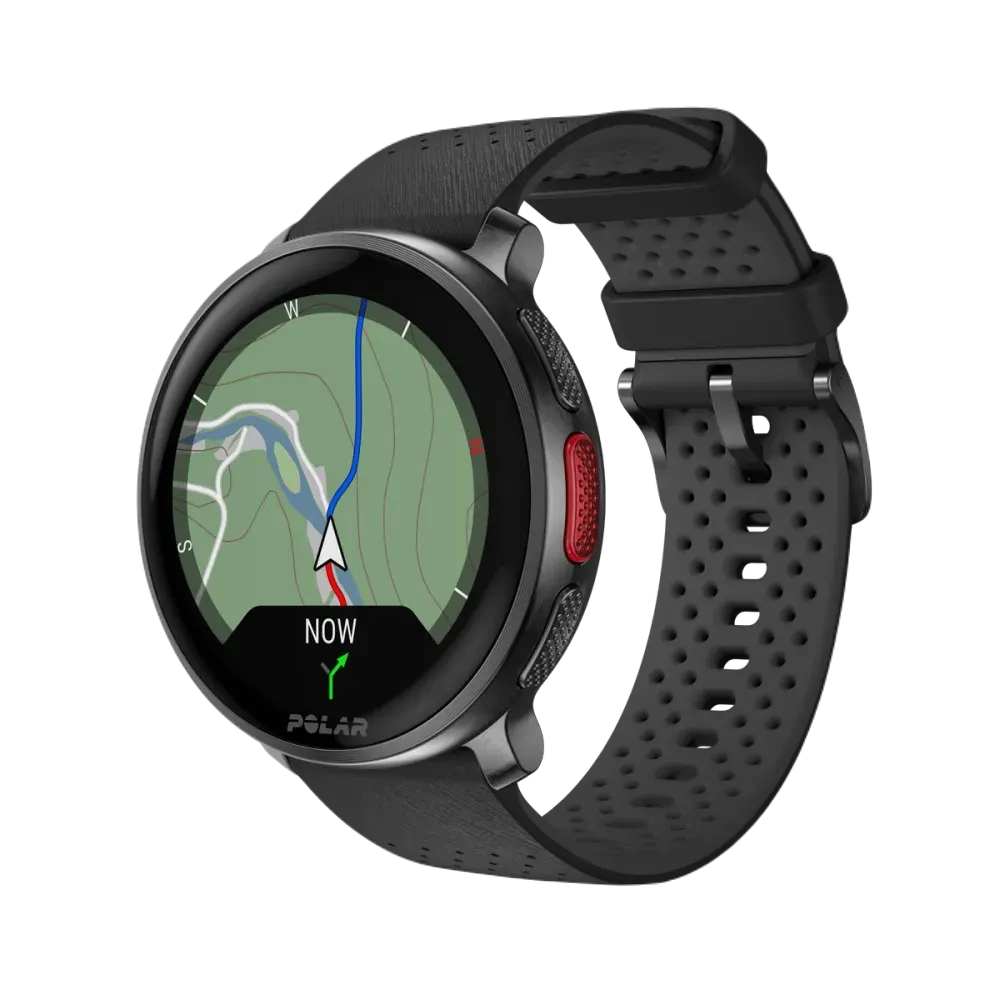
The Polar Vantage V3 is the best sports watch for hikers and lovers of the great outdoors, including skiers and mountain bikers, thanks to accurate GPS data, built-in maps, a long-lasting battery and lightweight design.

The Garmin Fenix 8 Pro is the flagship watch in Garmin's range and offers the best sports tracking, training analysis and navigation features you can get in a durable, attractive design that also has LTE and satellite connectivity.
View more products...

The Apple Watch Ultra 3 is the best sporty smartwatch I've tested thanks to its durable design and reliable tracking. The battery life on the Ultra 3 is also surprisingly good, which is a key upgrade for sports use.
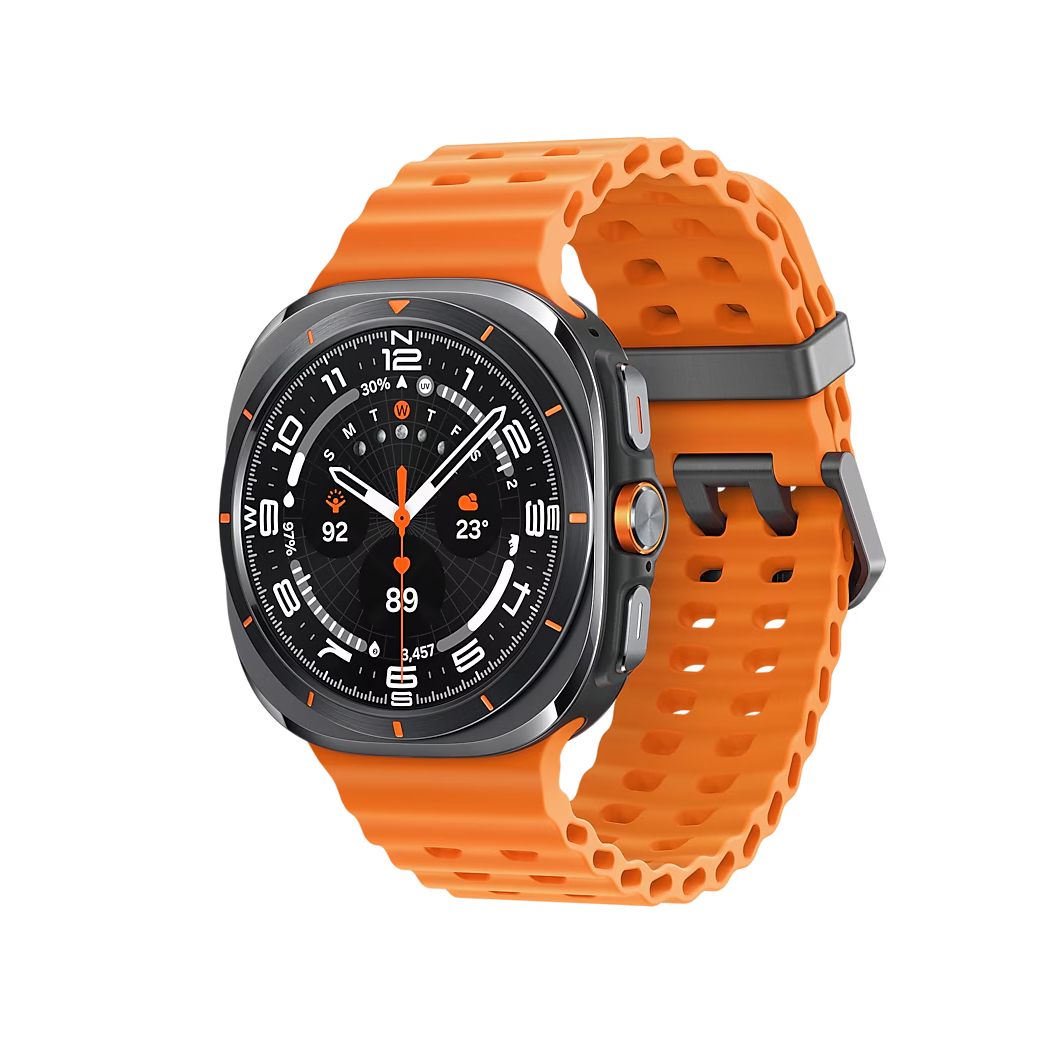
The Samsung Galaxy Watch Ultra is the best sports watch for Android users and also a great option for sports and outdoor adventures thanks to its rugged design, super bright display and long-lasting battery.
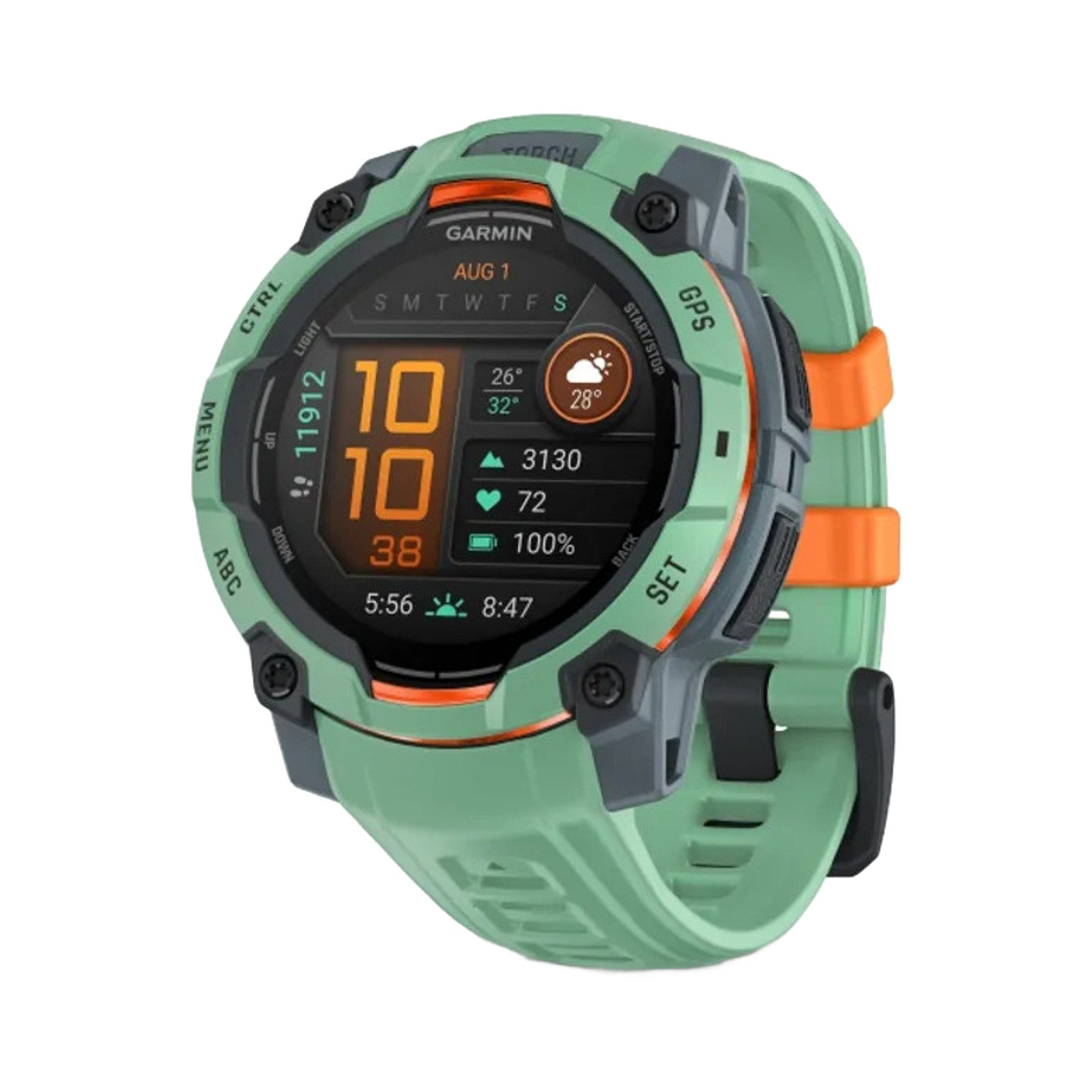
Pick one of the solar-charging models of the Garmin Instinct 3 and it can last indefinitely in sunny conditions, and even the AMOLED versions of the watch offer impressive battery life to help you power through your workouts and adventures.

The Amazfit Active 2 offers a wealth of impressive features for under $100, including GPS tracking, offline maps and over 160 workout modes. It's a great option for beginners and those on a tight budget.
The best sports watches available right now
Why you can trust Tom's Guide
Best sports watch for running
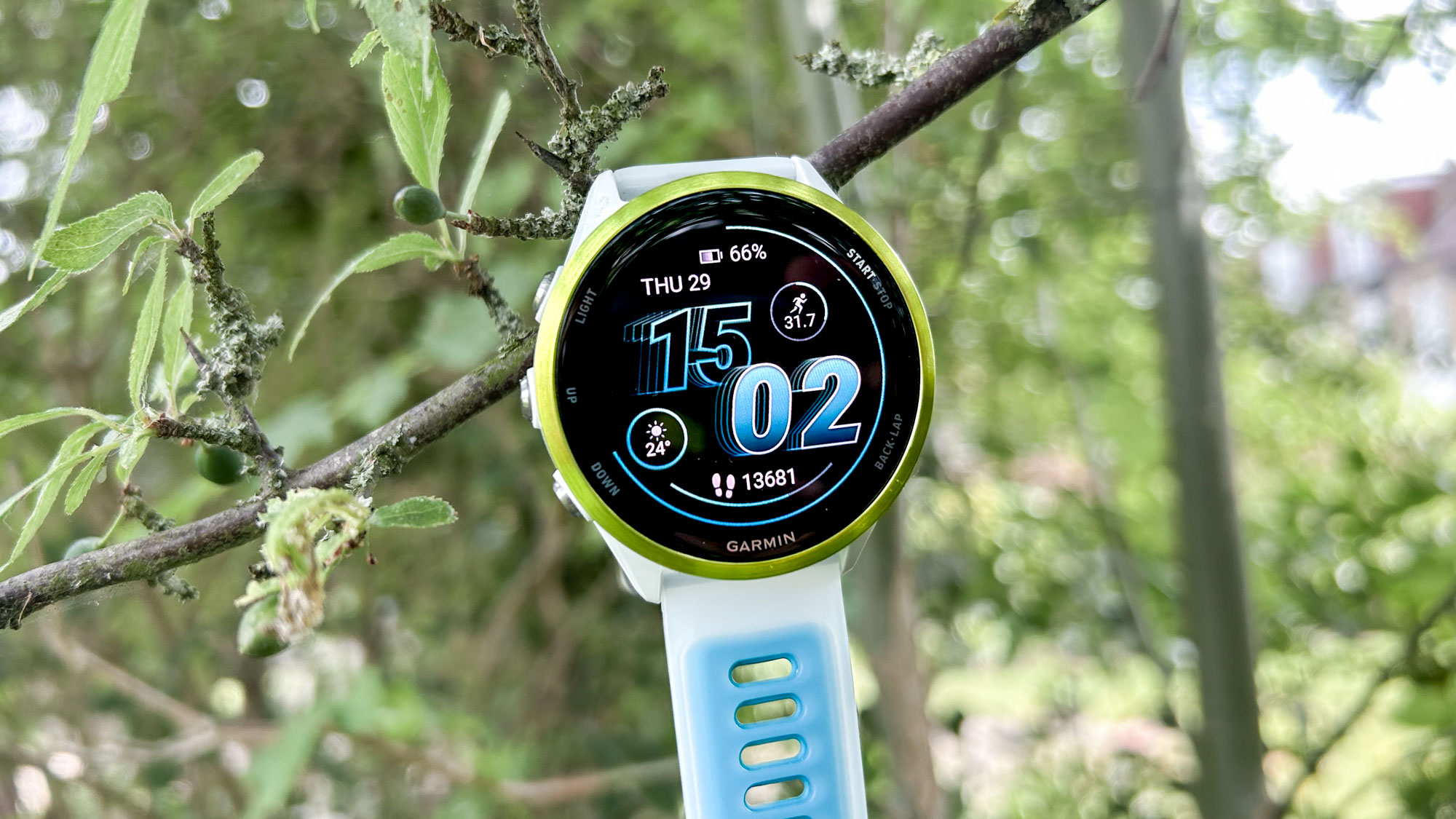

Specifications
Reasons to buy
Reasons to avoid
The Garmin Forerunner 570 offers both style and substance as an excellent running watch that comes in a variety of colors with a dazzlingly bright AMOLED display.
I found both the GPS and heart rate tracking on the watch to be accurate during my runs, and it has all the tracking and training analysis tools you need to prepare for an event, or just to help you get a little fitter and faster.
The Forerunner 570 also comes in two sizes and the smaller model is better for thin wrists than most other top Garmins. The lightweight design is comfortable to wear 24/7 too.
If you want offline maps then it might be worth looking at upgrading to the larger Forerunner 970, and if you don't need the very latest watch on your wrist the older Garmin Forerunner 265 is also excellent, and often in sales.
- Read our full Garmin Forerunner 570 review
Best budget sports watch

Specifications
Reasons to buy
Reasons to avoid
The Coros Pace 4 is the perfect option for any runner or triathlete on a budget, or who simply prefers to wear a smaller sports watch. Its lightweight design is comfortable and fits my skinny wrist well, and the Pace 4 packs a lot of impressive features into its small case.
It offers reliably accurate tracking and detailed training analysis, and for a small watch with a bright AMOLED display its battery life is impressive. It lasted me five days on a charge when running every day with the screen always-on, and it lasted over 10 days with the screen set to raise-to-wake.
While it's not as feature-rich as more expensive watches, lacking maps for one, the Pace 4 does a great job of offering the essentials you need from a sports watch at a reasonable price.
- Read our full Coros Pace 4 review
Best beginner sports watch


Specifications
Reasons to buy
Reasons to avoid
While it lacks some of the bells and whistles you get on newer, pricier Garmins, the Garmin Forerunner 55 is the best option for beginners. It's an affordable, accurate, GPS watch that tracks distance, speed and pace, and it also has useful extras for new runners like suggested workouts and some basic training analysis.
It’s a small watch but the battery life is pretty good, with the Forerunner 55 usually lasting me a week even when running every day. It also tracks your daily activity and sleep, and links to your phone to show notifications.
You don’t get a triathlon mode on the watch, so beginner multisport athletes will be better off with the Coros Pace 3, and if you want a better-looking device then upgrading to the Garmin Forerunner 165, which has an AMOLED screen, would be worthwhile. However, I found the Forerunner 55 certainly covers all the bases beginner and intermediate runners really need, and is often in sales now because it’s an older watch.
- Read our full Garmin Forerunner 55 review
Best sports watch for triathletes
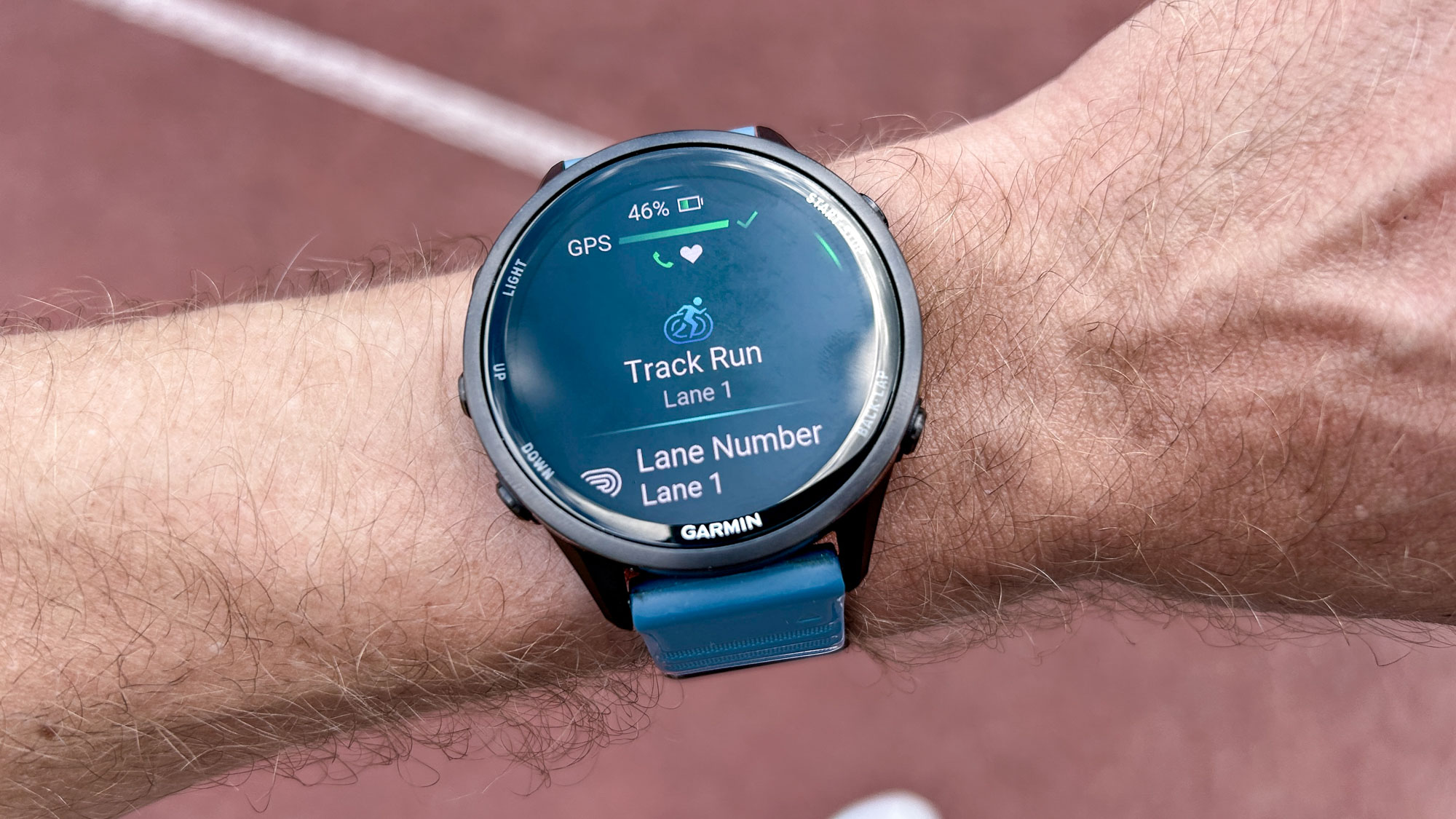

Specifications
Reasons to buy
Reasons to avoid
The Garmin Forerunner 970 is my personal favorite sports watch, because even though the Fenix 8 Pro has a few extra connectivity features and a more durable case, the 970 is sleeker and lighter.
This lightweight design makes the Forerunner 970 perfect for triathletes who don't want the bulk of the Fenix on their wrist. It offers reliable tracking for running, cycling and swimming (both pool and open water), and will even provide suggested workouts and training plans for multisport events.
All this tracking is backed up by extensive training analysis that can help you manage the considerable training load that triathletes deal with so you avoid burning out.
In addition, the Forerunner 970 is the most hardy Forerunner yet thanks to its scratch-resistant sapphire crystal display, and it also has a built-in flashlight as a handy extra.
The older Garmin Forerunner 965 is also a great option for triathletes, but doesn't have as durable a design or the latest sports tracking features you get on the Forerunner 970, including running economy analysis.
- Read our full Garmin Forerunner 970 review
Best sports watch for hiking

Specifications
Reasons to buy
Reasons to avoid
The Polar Vantage V3 is built for multi-sport athletes but it's also a top-notch option for hikers, trail runners and mountain sports enthusiasts looking to keep track of their adventures.
Whether you love to take to the outdoors on foot or via a set of skis, a bike, a snowboard, or something else altogether, the V3 has more than enough battery life to last you through a full day and is built tough enough to survive slips and falls. It also boasts dual-band GPS that I’ve found to be consistently accurate, even when you’re in the middle of nowhere, and offline maps so you don’t get lost in the great outdoors.
For sports like mountain biking and skiing, a Hill Splitter function parses riding data from time spent on the lift and does so with remarkable reliability. The bright AMOLED screen also makes it easy to see pertinent data, like pace, distance and duration at a glance, even in bright sunlight.
At the end of your adventurous day, the Polar app provides a handy post-adventure route map of your efforts with detailed stats. Plus, the V3 offers insights into rest and recovery to help get back out into nature and ready for another day of outdoor epicness.
- Read our full Polar Vantage V3 review
Best sports watch overall
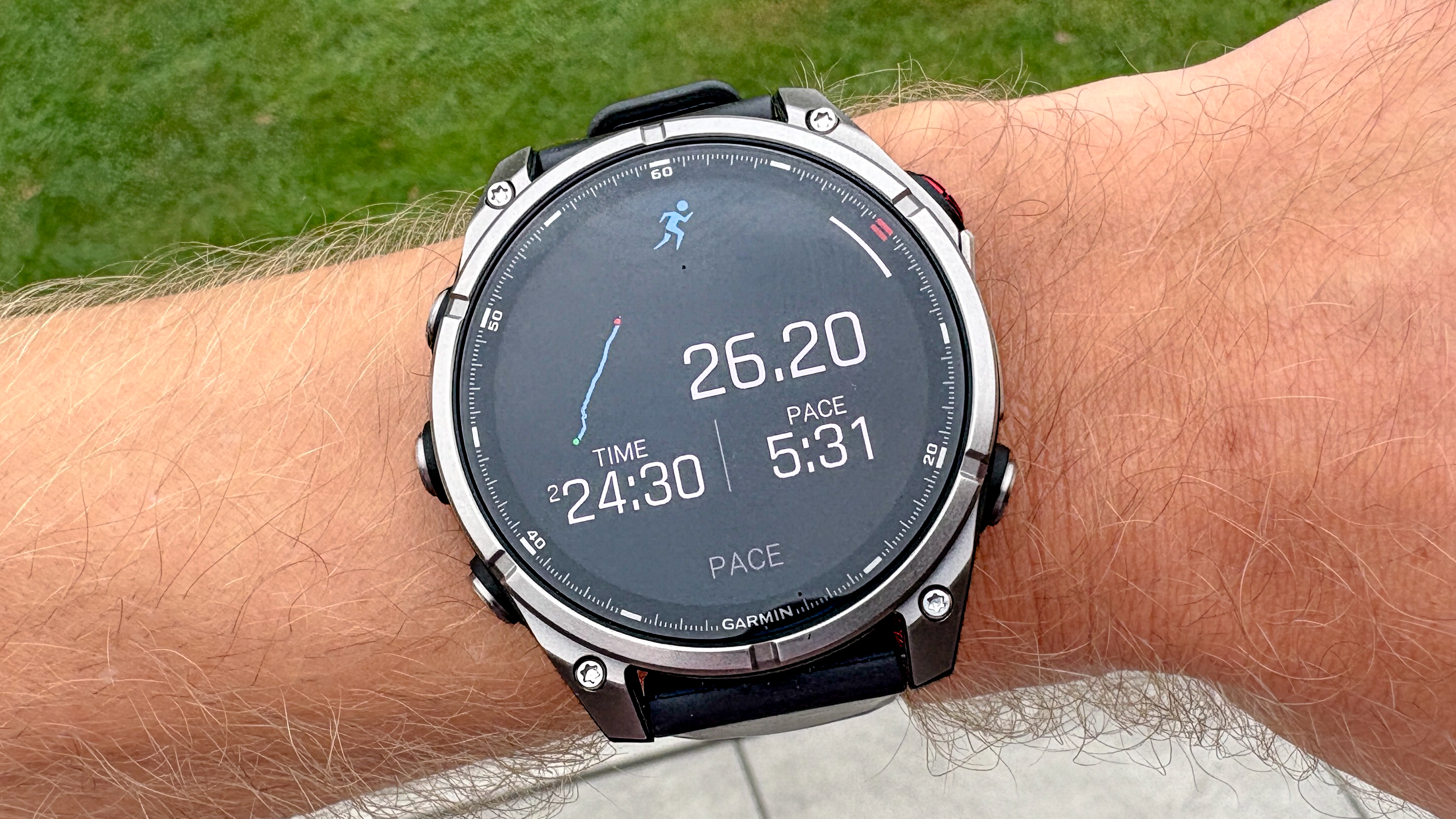
Specifications
Reasons to buy
Reasons to avoid
The Garmin Fenix 8 Pro is the brand's flagship GPS sports watch and while its price is prohibitive, if you simply want the best sports watch you can get then it’s the one to go for.
There are two models in the range, of which I've tested the AMOLED Fenix 8 Pro. The MicroLED watch is even more expensive and has shorter battery life, so the AMOLED watch is the one I'd recommend, because it still has an impressively bright display.
The Fenix 8 Pro packs all of Garmin's industry-leading sports tracking and navigation features into a rugged, diveproof design with a titanium bezel and sapphire crystal display.
While most of its features can also be found on the cheaper Garmin Fenix 8, the Pro model has the key upgrade of LTE and satellite connectivity, making it especially good for those who train without their phone or often hike in areas without cellular coverage.
The Forerunner 970 offers a cheaper, smaller and lighter option with the same key sports tracking tools, but the Fenix 8 Pro is a step up in durability and battery life, as well as having the extra connectivity features.
- Read our full Garmin Fenix 8 Pro review
Best smartwatch


Specifications
Reasons to buy
Reasons to avoid
As long as you have an iPhone to pair with it, the Apple Watch Ultra 3 is the best sporty smartwatch you can get, offering accurate tracking, some training analysis and, of course, all the outstanding smart features you expect from an Apple Watch.
The hardware makes it better for sports that the Apple Watch Series 11. You get a more durable titanium case and sapphire crystal screen, plus the Action Button which you can use to take laps and pause your workout. The Ultra 3 also has dual-band GPS tracking and its battery life has proved a major improvement on past models, lasting me a marathon weekend without needing a charge.
Apple has also continually improved the software on the watch for sports use over recent years. The native Workout app now has all the customization you need to show the data you want during training sessions, and the new training analysis feature will keep you on track to get fitter without risking burnout.
Another new feature on the Ultra 3 is satellite connectivity, which can help you stay in touch with the world when you're out of cellular range, with a key safety feature being free SOS messages if you get into trouble in the wilderness.
While the battery life, training analysis and navigation features still don’t match the best Garmin watches in particular, the Apple Watch Ultra 3 is much smarter and access to the wealth of excellent sports tracking apps in the App Store can make the watch even more useful to keen athletes.
- Read our full Apple Watch Ultra 3 review
Best sports watch for Android
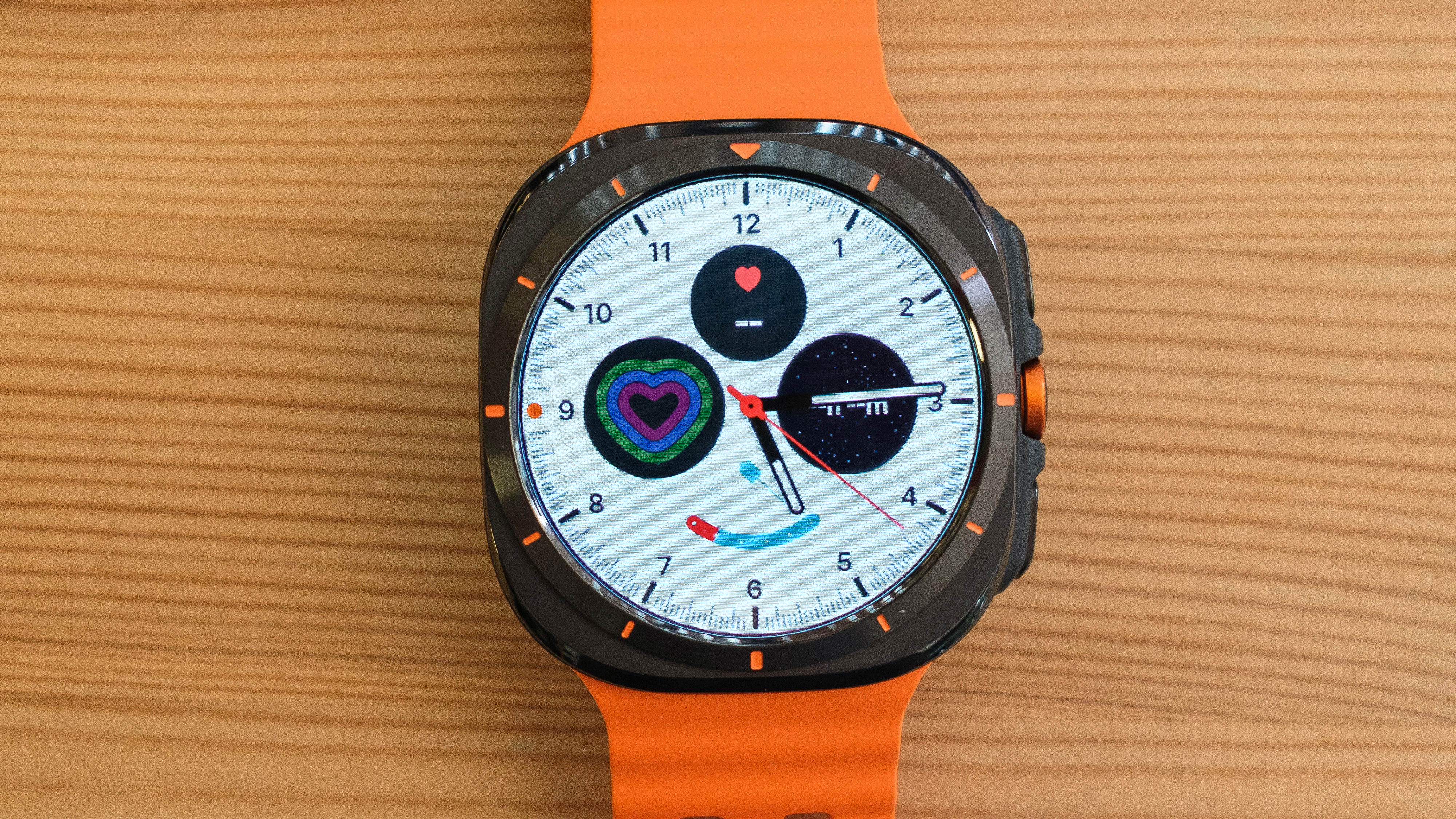
Specifications
Reasons to buy
Reasons to avoid
The Galaxy Watch Ultra is Samsung's toughest-built, longest-lasting smartwatch and the best GPS sports watch for Android smartphone users. It's also one of the best smartwatches overall.
The ultimate Android wearable for outdoor excursions, the Galaxy Watch Ultra uses the same impressive BioActive sensor as the Galaxy Watch 7 with advanced sleep, workout and recovery tracking. It also boasts accurate dual-band GPS location tracking, monitoring for health conditions including sleep apnea, and useful AI-backed wellness insights and tips.
Built from titanium alloy, the Galaxy Watch Ultra has a large, easy-to-view AMOLED touchscreen that maxes out at 3,000 nits, the same as the Apple Watch Ultra above. This makes it easy to view in direct sunlight, even when on the move. There's also a customizable 'Action' button and a protective bezel around the screen.
Price at $650, the Ultra is considerably more expensive than its sibling, the Galaxy Watch 7, which offers essentially the same features in a less robust package.
- Read our full Samsung Galaxy Watch Ultra review
Best sports watch for battery life
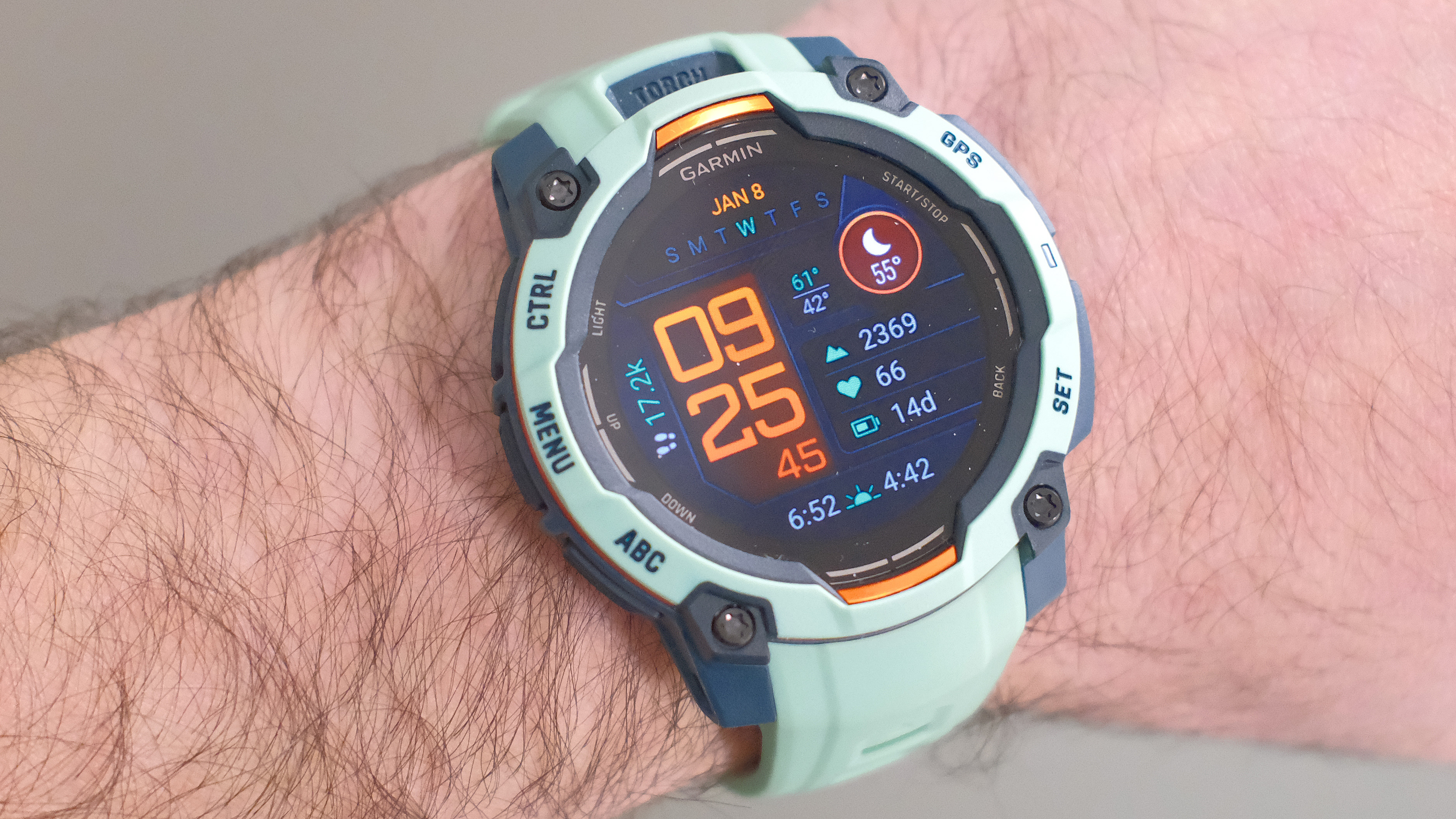

Specifications
Reasons to buy
Reasons to avoid
The Instinct 3 packs Garmin’s excellent sports tracking features into a durable and distinctive watch that’s ideal for adventurous activities in particular. It has many fine qualities, but the battery life is what really stood out to me during testing, with the 45mm Instinct 3 AMOLED lasting me a week of use.
Now bear in mind that’s the Instinct 3 model with the shortest battery life in the range, and I had the AMOLED screen set to always-on and tracked outdoor workouts every day. If you opt for the larger 50mm AMOLED model, or one of the solar-charging Instinct 3 models with a memory-in-pixel display, the sky’s the limit for battery life.
I mean that semi-literally, because the Instinct 3 Solar can last indefinitely in smartwatch mode in sunny conditions thanks to the solar panels on its watch face. Even in dull conditions you’ll get four weeks of use in smartwatch mode with the Instinct 3 Solar, and 24 (45mm) or 34 (50mm) hours of GPS tracking in the most accurate multi-band mode.
The Instinct 3 in general is a more affordable alternative to the Garmin Fenix 8 range, and though you lose some key features like offline maps, music storage and other smarts, it is a great all-round sports watch and some will prefer its eye-catching design compared with the more conservative Fenix and Forerunner styles.
Best sports watch under $100
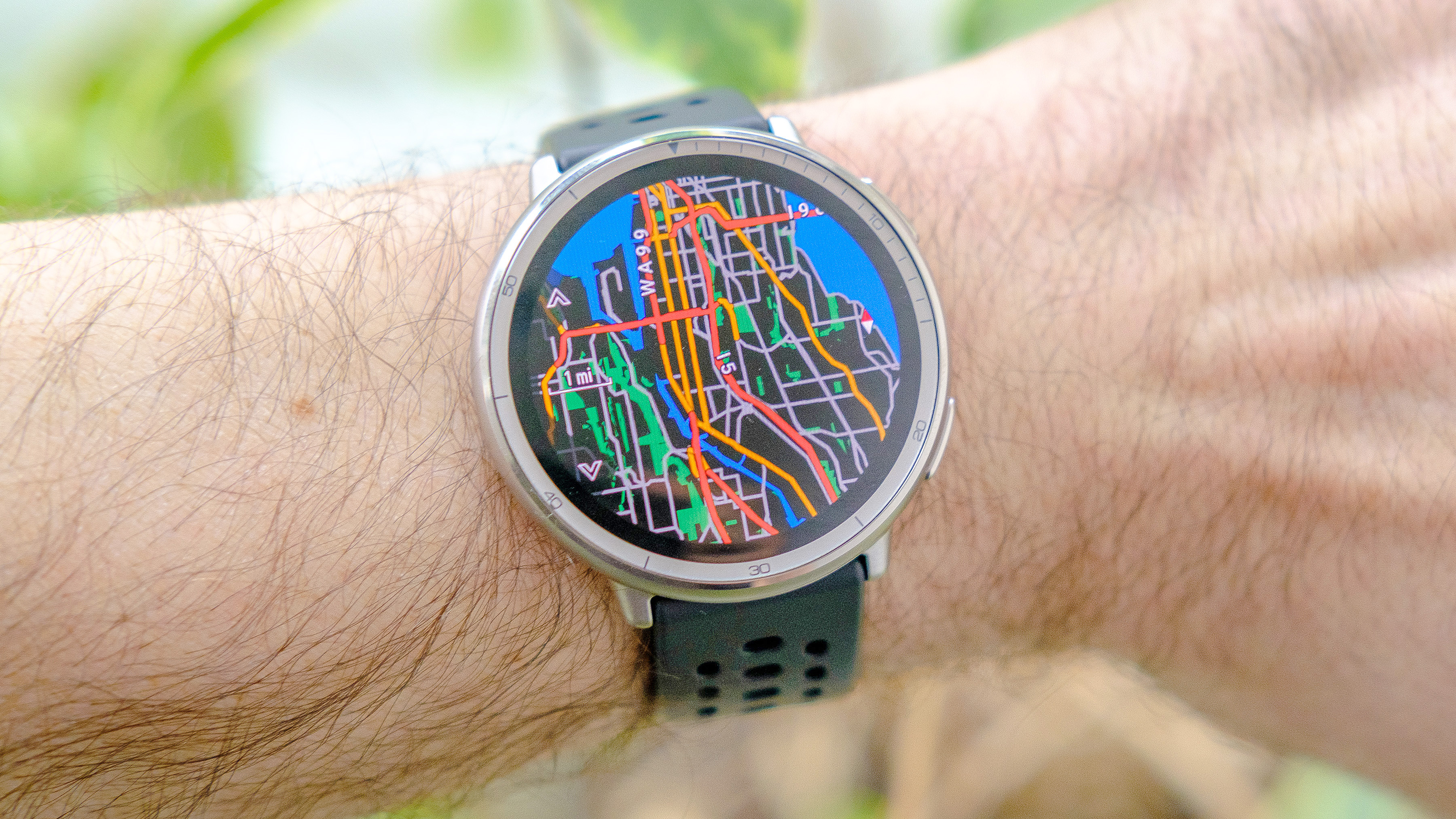

Specifications
Reasons to buy
Reasons to avoid
Amazfit makes some of the best value sports watches available, and the Amazfit Active 2 offers an astonishing array of features for under $100. It tracks over 160 sports, as well as your daily activity and sleep, and even offers features like offline maps and NFC payments.
The watch itself is also attractive, with a bright 1.32in AMOLED display and a slim design that doesn't stick out from the wrist as much as most sports watches.
There are some downsides compared with more expensive watches, of course. My colleague Dan Bracaglia, who tested the Amazfit Active 2, found the UI to be a little clunky, and the HR and elevation data wasn't always reliable.
The mapping features are also less impressive than those of pricier watches, and the smart features are lacking compared with the best smartwatches, with very few apps and a limited voice assistant.
A lot of the negatives are forgivable given the low cost of the watch, however, and the Amazfit Active 2 is certainly a great sporty smartwatch for beginners or those working with a tight budget.
- Read our Amazfit Active 2 review
How to choose the best GPS watch for you
There's a huge variety of sports watches to pick from, and a fine line between smartwatches and the best sports watches, as many smartwatches come with fitness tracking features built-in. So, how do you decide on the best sports watch for your training?
Firstly, it's important to consider the activities you'll be doing and the features you really value. Runners will need accurate GPS tracking as a priority, and triathletes need a multisport mode, and everyone wants a bright screen that's clear to read in all conditions.
More adventurous types will need a durable watch with a waterproof case made from hardier materials than plastic. Long battery life is important for those tackling endurance sports, and if you're heading for the great outdoors then offline maps are also very useful.
You also have to judge how important smart features are for you, and whether you want a sporty smartwatch like the Apple Watch Ultra 2, or a specialist sports watch with some smart features like the Garmin Forerunner 265.
How I test the best GPS watches
I've been testing sports watches for a decade and have tried almost all of the models in Garmin, Suunto, Coros and Polar's ranges, along with every Apple watch and variety of watches from other brands. So I know what makes a watch stand out from the crowd, and I usually have at least two strapped to my wrists for testing during workouts.
I'm mainly a runner myself, and usually running 70-80 miles a week while training for a marathon, which gives me ample opportunity to test sports watches. I also test the watches with other sports like cycling and strength sessions.
I spend hours poring over GPS tracks and race measured courses to check the GPS accuracy, and compare heart rate readings to those of an external monitor like a chest strap or armband to check the accuracy of the optical sensor on a watch.
Along with accuracy I check how comfortable watches are for 24/7 use, which is especially important with very large sports watches like the Garmin Fenix 8, as well trying out the smart features and navigation tools to see if they're actually helpful and easy to use.
Features compared
| Row 0 - Cell 0 | Garmin Forerunner 265 | Coros Pace 3 | Garmin Forerunner 55 | Garmin Forerunner 965 | Polar Vantage V3 | Garmin Fenix 8 | Apple Watch Ultra 2 | Samsung Galaxy Watch Ultra | Coros Pace Pro | Garmin Instinct 3 | Amazfit Active 2 |
Screen size and type | 1.3-inch AMOLED | 1.2-inch MIP | 1.08-inch MIP | 1.4-inch AMOLED | 1.39-inch AMOLED | 1.3-inch (43mm), 1.4-inch (47mm, 51mm) AMOLED | 1.92-inch LTPO OLED | 1.5-inch AMOLED | 1.3-inch AMOLED | 1.2 - 1.3in AMOLED or MIP | 1.32in AMOLED |
Weight | 1.7 ounces | 1.1 ounces | 1.3 ounces | 1.9 ounces | 2.0 ounces | 2.3 ounces (43mm), 2.8 ounces (47mm), 3.6 ounces (51mm) | 2.2 ounces | 2.1 ounces | 1.3 ounces | From 52g to 59g | 29.5 g (standard); 31.7g (premium) |
GPS battery life | 20 hours | 38 hours | 20 hours | 31 hours | 61 hours | 28 hours (43mm), 47 hours (47mm), 84 hours (51mm) | 36 hours (70 with low power mode) | 48 hours (Exercise Power Saving Mode) | 38 hours | Up to 60 hours (260 hours solar) | Up to 21 hours |
Water resistance | 50 meters | 50 meters | 50 meters | 50 meters | 50 meters | 100 meters | 100 meters | 100 meters | 50 meters | 100 meters | 50 meters |
Music storage | Yes | Yes | No | Yes | No | Yes | Yes | Yes | Yes | No | Yes |
Mobile payment | Yes | No | No | Yes | No | Yes | Yes | Yes | No | Yes | Yes |
Get instant access to breaking news, the hottest reviews, great deals and helpful tips.

Nick Harris-Fry is an experienced health and fitness journalist, writing professionally since 2012. He spent nine years working on the Coach magazine and website before moving to the fitness team at Tom’s Guide in 2024. Nick is a keen runner and also the founder of YouTube channel The Run Testers, which specialises in reviewing running shoes, watches, headphones and other gear.
Nick ran his first marathon in 2016 and became obsessed with the sport. He now has PBs of 2hr 25min for the marathon and 15min 30sec for 5K. Nick is also a qualified Run Leader in the UK.
Nick is an established expert in the fitness area and along with writing for many publications, including Live Science, Expert Reviews, Wareable, Coach and Get Sweat Go, he has been quoted on The Guardian and The Independent.
- Jane McGuireFitness editor
- Dan BracagliaSenior Writer, Fitness & Wearables
- James FrewBuying Guide Editor
